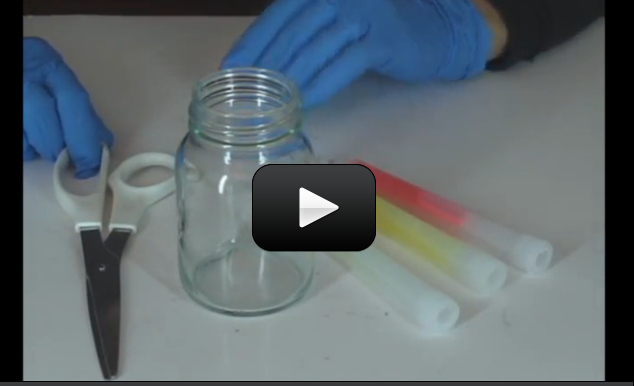Here’s a trick question – can you make the color “yellow” with only red, green, and blue as your color palette? If you’re a scientist, it’s not a problem. But if you’re an artist, you’re in trouble already.
The key is that we would be mixing light, not paint. Mixing the three primary colors of light gives white light. If you took three light bulbs (red, green, and blue) and shined them on the ceiling, you’d see white. And if you could magically un-mix the white colors, you’d get the rainbow (which is exactly what prisms do.)
If you’re thinking yellow should be a primary color – it is a primary color, but only in the artist’s world. Yellow paint is a primary color for painters, but yellow light is actually made from red and green light. (Easy way to remember this: think of Christmas colors – red and green merge to make the yellow star on top of the tree.)
As a painter, you know that when you mix three cups of red, green, and blue paint, you get a muddy brown. But as a scientist, when you mix together three cups of cold light, you get white. If you pass a beam white light through a glass filled with water that’s been dyed red, you’ve now got red light coming out the other side. The glass of red water is your filter. But what happens when you try to mix the different colors together?
The cold light is giving off its own light through a chemical reaction called chemiluminescence, whereas the cups of paint are only reflecting nearby light. It’s like the difference between the sun (which gives off its own light) and the moon (which you see only when sunlight bounces off it to your eyeballs). You can read more about light in our Unit 9: Lesson 1 section.
Here’s what you need:
Please login or register to read the rest of this content.

